Advertiser content
Grassweeds require strategies not tactics
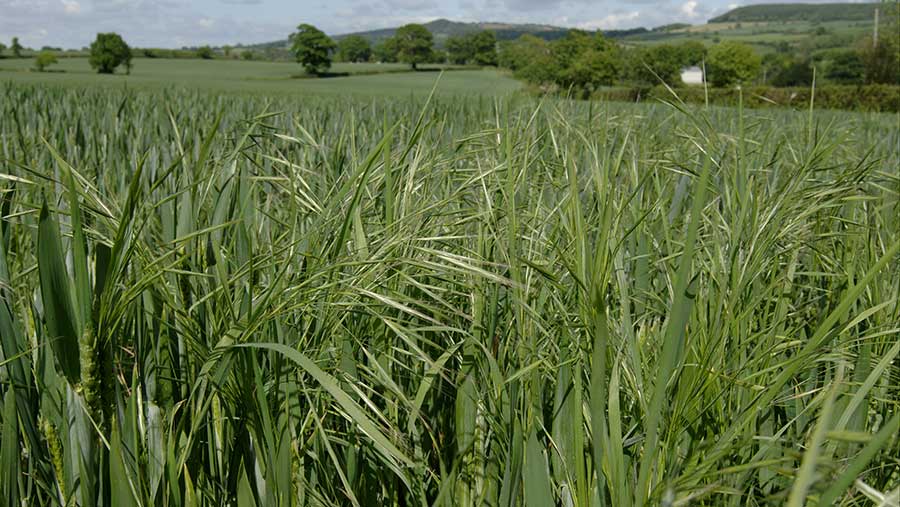 © BASF
© BASF A comprehensive Integrated Pest Management (IPM) strategy is essential to combat the pressure from grassweeds such as bromes, ryegrass, and blackgrass.
Relying on a single technique alone is inadequate due to the challenges posed by these weeds, including their competitiveness, high seed return, and evolving resistance to certain chemistry.
By adopting a combined approach that incorporates various control methods, farmers can improve their chances of successful weed management.
Bromes
Identifying the species
With the adoption of reduced cultivation intensity and frequency, there’s an underlying trend towards more brome.
John Cussans, weed management biology leader NIAB, said: “The bromes are separated into two families, the anisantha, containing sterile and great brome, which are autumn germinating weeds similar to blackgrass, and the serrafaculus containing rye, meadow and soft brome, which come up when you drill the crop, all winter, and also have a big flush in the spring.
Biosecurity
With both families, growers have got to be absolutely vigilant about new populations popping up and we really need to ramp up biosecurity with bromes,” says John.
Rye brome in Oxfordshire
In Oxfordshire, Colin Woodward oversees 1,650 ha on the Great Tew Estate near Chipping Norton.
“In almost 30 years of farming I have never seen rye brome like we have now, there is definitely a step change.
Both rye and meadow brome germinate here from November through to February.
“My rule of thumb is, if we’ve got a problem with these two brome species or if we’ve got them germinating or haven’t controlled them, we have to leave it a month uncultivated to get them to germinate. It takes a month on top of the soil surface because, if they get buried, they go into dormancy.“
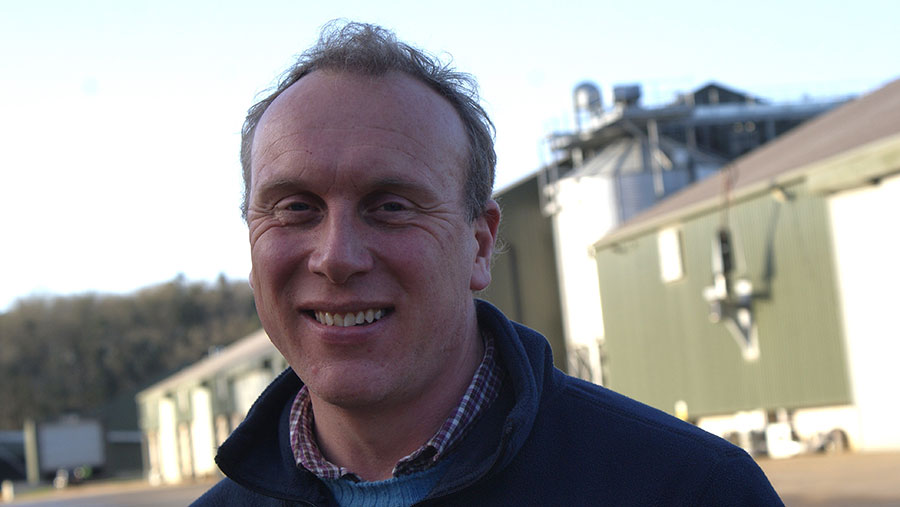
Colin Woodward © BASF
Recent survey shines a light on control practice
John said, “Conventionally, advice for rye, meadow and soft brome has been to leave seeds on the soil surface to encourage germination and prevent dormancy, whereas with sterile and great brome, cultivating as soon as possible after harvest was recommended as shallow burial promotes germination.
However, preliminary results of the brome survey carried out last summer has brought this received wisdom into question.
It’s an area that needs more research but I think we probably need to respond to the conditions, not the species of brome.
If the conditions post-harvest are conducive to getting grass weed seeds to germinate, then growers should do a bit of work to increase seed to soil contact.
If it’s dry, seeds should be left on the soil surface, because any action growers undertake will actually protect the seeds from those conditions.”
Spring cropping
Colin says, “We find growing a spring crop helps a lot, we don’t normally have a brome problem in spring oats or spring barley as they are competitive.
Mind the gap
We try to keep the area between the field margin and the crop clean because brome loves that gap, the combine then picks it up and seed gets into the middle of the field. This is something we will need to watch out for with SFI schemes.”
Seed mills
Harvest weed seed control (HWSC) is being investigated by NIAB.
John says, “How effective seed mills are is related to seed retention at harvest, we found that we can achieve 70% reduction in rye and meadow bromes in the following crop, whereas it was barely 5% with blackgrass.”
Luximo®
Autumn 2023 was Colin’s second year of using Luximo®. Data shows Luximo® performs as well as a flufenacet-based programme at pre-em for brome control.
“Luximo is my go to pre-em for any black-grass, and it’s reassuring to know that it does have some control of autumn germinating bromes.”
Ryegrass
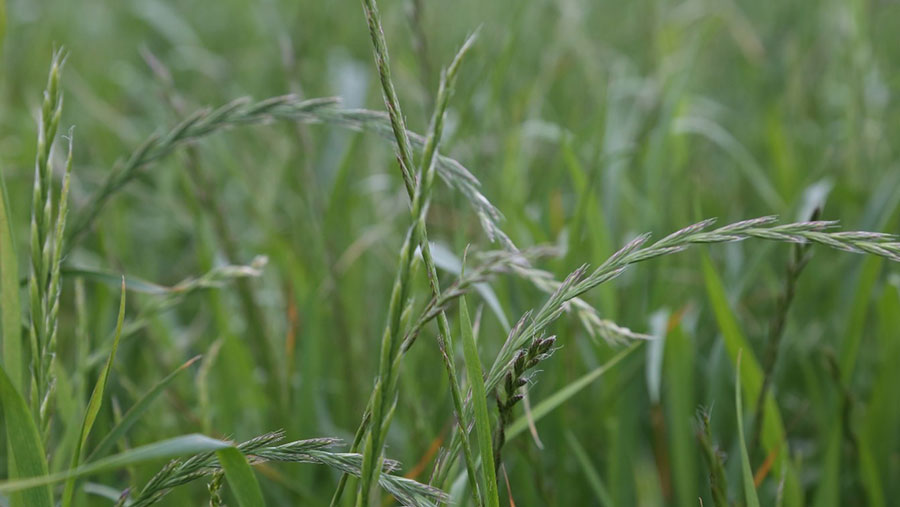
© BASF
In Nottinghamshire, Rob and Peter Barlow took on 160 ha infested with ryegrass, which some experts say, ‘makes blackgrass look like a pussycat’, however, a strategy of cultural controls combined with the most robust herbicides is paying off.
Cultural controls
The rotation has been widened and cultivations minimised, and with some of their rented land too light to drill with spring cropping, Rob and Peter are using a combination of Westerwold grass and maize instead.
The grass is drilled after harvest and grazed over winter.
“In the spring, a cut of silage is taken before it is sprayed off and the maize crop is sown. It’s working well and controlling the rye grass but compaction can be an issue.
There were a few fields that hadn’t been ploughed for five or six years and we’ve been able to both bury the seed and apply Luximo®. That’s had great results and really brought the ryegrass back under control.”
Rob also delays drilling although there can be a conflict between getting a crop established and optimising weed control.
“Growing sugar beet and maize it’s always a fine line between getting the crop in when conditions are good for germination and growth and allowing time for the grassweeds to chit.”
Hygiene
Clean land is drilled first, usually at the very end of September, and this order is kept the same for spraying and combining with all the machinery blown and washed down.
Luximo®
“Ryegrass is such a massive plant that only the most serious chemistry will touch it. We can’t afford to risk it spreading to other areas of the farm,” says Rob.
In an on-farm trial, Luximo® gave a big uplift in control compared to the farm standard, significantly reducing seed return.
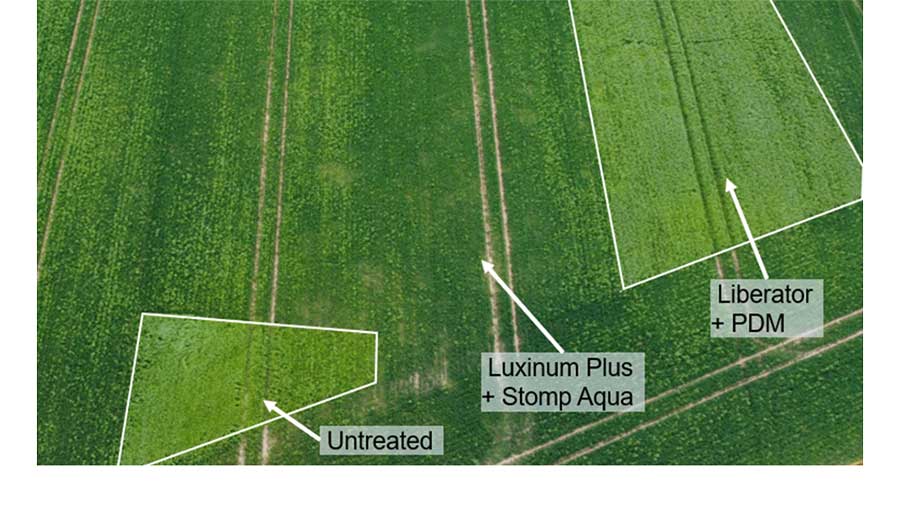
Ryegrass split field trial: Count and pictures taken May/June 2023 © BASF
Blackgrass
Blackgrass control is a formidable challenge, one which Nigel Durdy of Ninevah Farm, near Doncaster in Yorkshire is all too familiar with.
He farms 1,100 ha in partnership with his brother Adrian and has been BASIS qualified for 20 years.
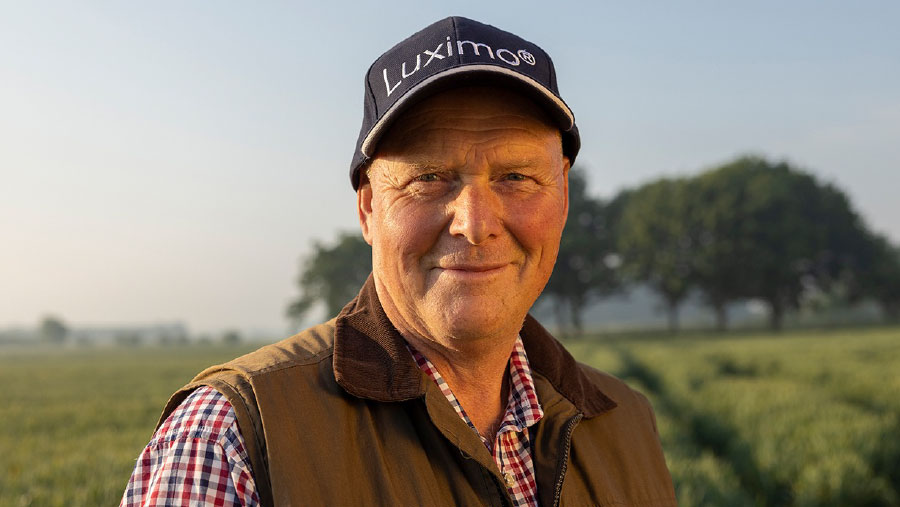
Nigel Durdy © BASF
“I am the agronomist and sprayer driver for the business, which helps me get to know the crops and the fields’ blackgrass burden. We have black-grass across the farm. It has built up over the years as it has on most farms. We have some very bad fields and some not so bad. We are just having to manage with it now.”
Cultural controls
Nigel uses stale seedbeds widely, and direct drills into these, with drilling delayed in the autumn. He said “We delay drilling as late as we dare. The better the weather, the longer we will wait.”
Drilling date is a universal tool for weed management and a longer delay gives a bigger gap between two crops, allowing more seed loss through natural processes, and more opportunities for interventions.
Spring cropping
Nigel says, “We grow spring barley to beat the black-grass. We work the land up in the autumn and use stale seedbeds. Come springtime we spray it off and direct drill with a very high seed rate to make the crop as competitive as possible.”
Luximo®
Alongside cultural controls, effective grassweed herbicides are needed.
After two years of impressive results using Luximo® on his winter wheat, Nigel is planning to use Luximo®again this year.
“On black-grass Luximo is second to none, however, we won’t be going silly with it, we will still be using IPM and trying to get the stale seedbeds and we won’t be bringing the drilling date forward, thinking we are safe.”
Watch the video below to learn more about Nigel‘s on farm experience with Luximo®
Provided by
BASF offers renowned and innovative fungicides, herbicides, insecticides and growth regulators for agriculture. Our products and services help farmers increase their yields and optimize the quality of their products.
